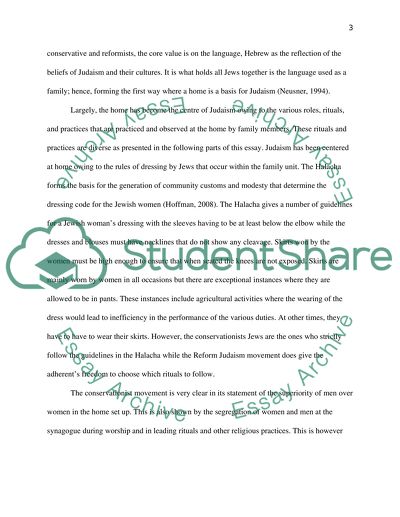Cite this document
(“Home as the centre of Judaism Essay Example | Topics and Well Written Essays - 1750 words”, n.d.)
Retrieved from https://studentshare.org/religion-and-theology/1495175-home-as-the-centre-of-judaism
Retrieved from https://studentshare.org/religion-and-theology/1495175-home-as-the-centre-of-judaism
(Home As the Centre of Judaism Essay Example | Topics and Well Written Essays - 1750 Words)
https://studentshare.org/religion-and-theology/1495175-home-as-the-centre-of-judaism.
https://studentshare.org/religion-and-theology/1495175-home-as-the-centre-of-judaism.
“Home As the Centre of Judaism Essay Example | Topics and Well Written Essays - 1750 Words”, n.d. https://studentshare.org/religion-and-theology/1495175-home-as-the-centre-of-judaism.


